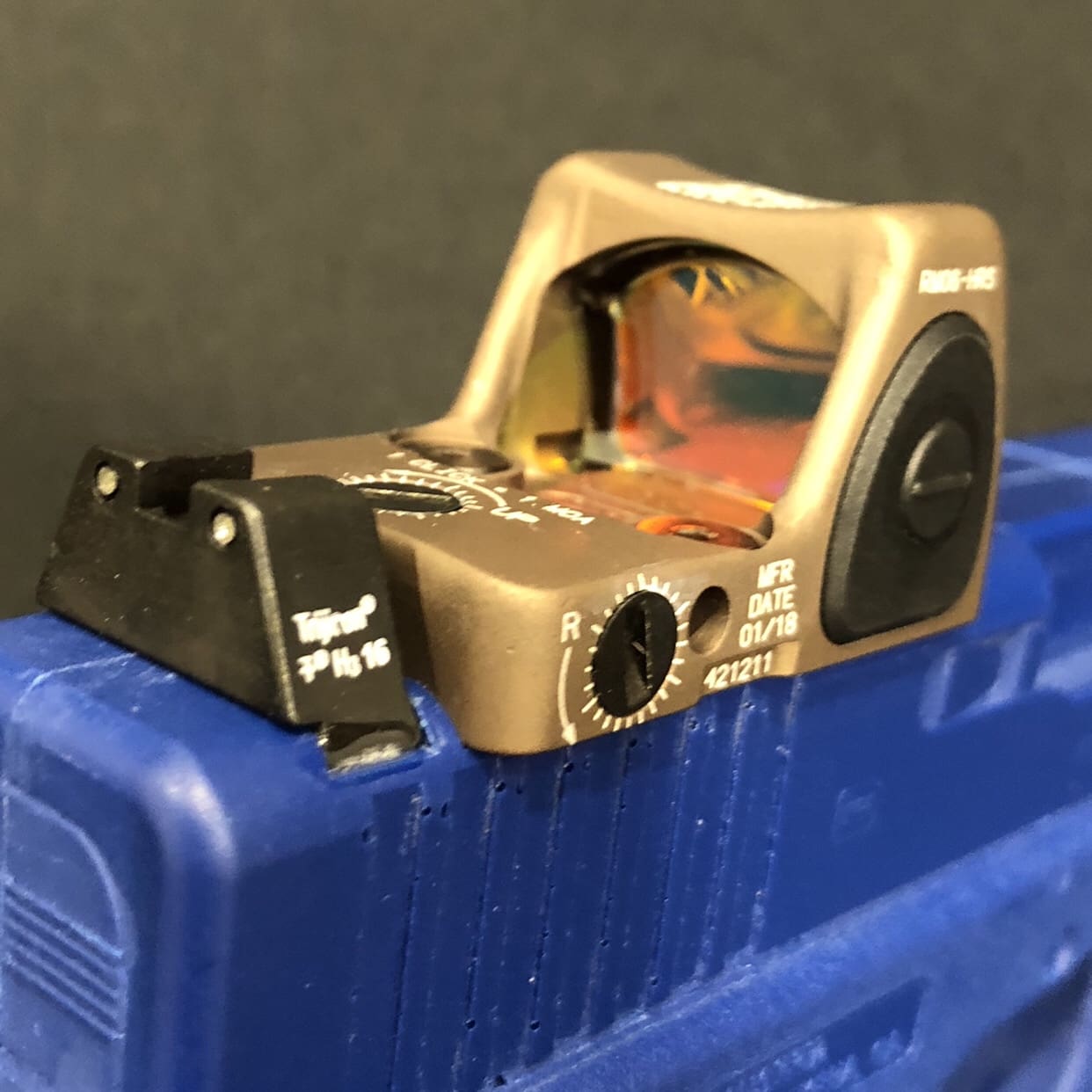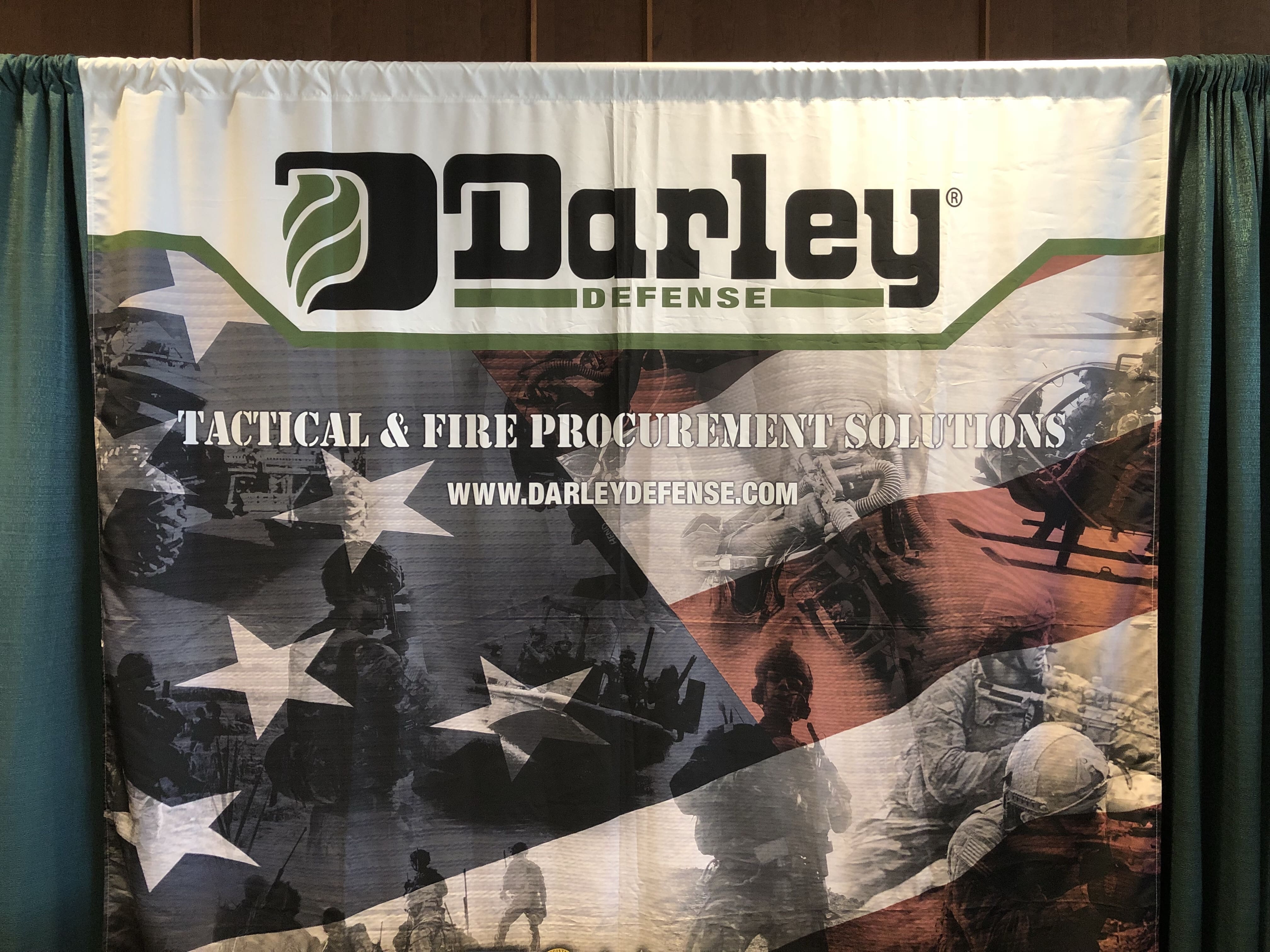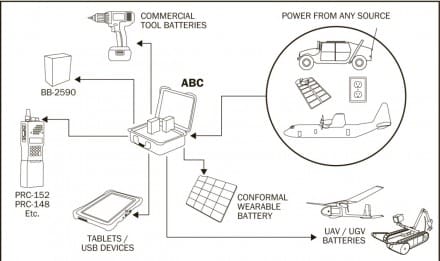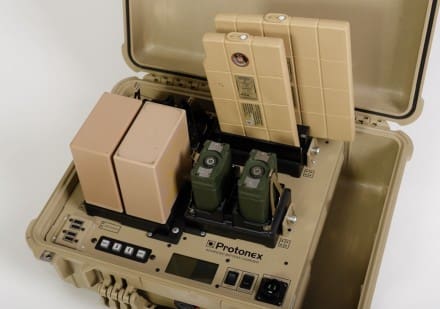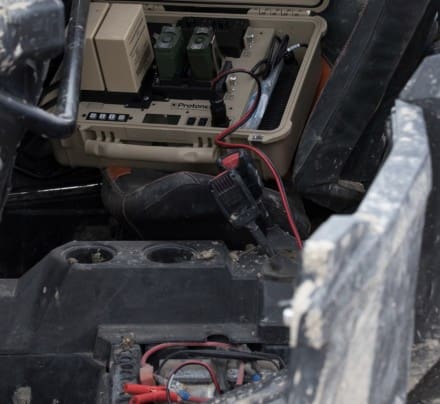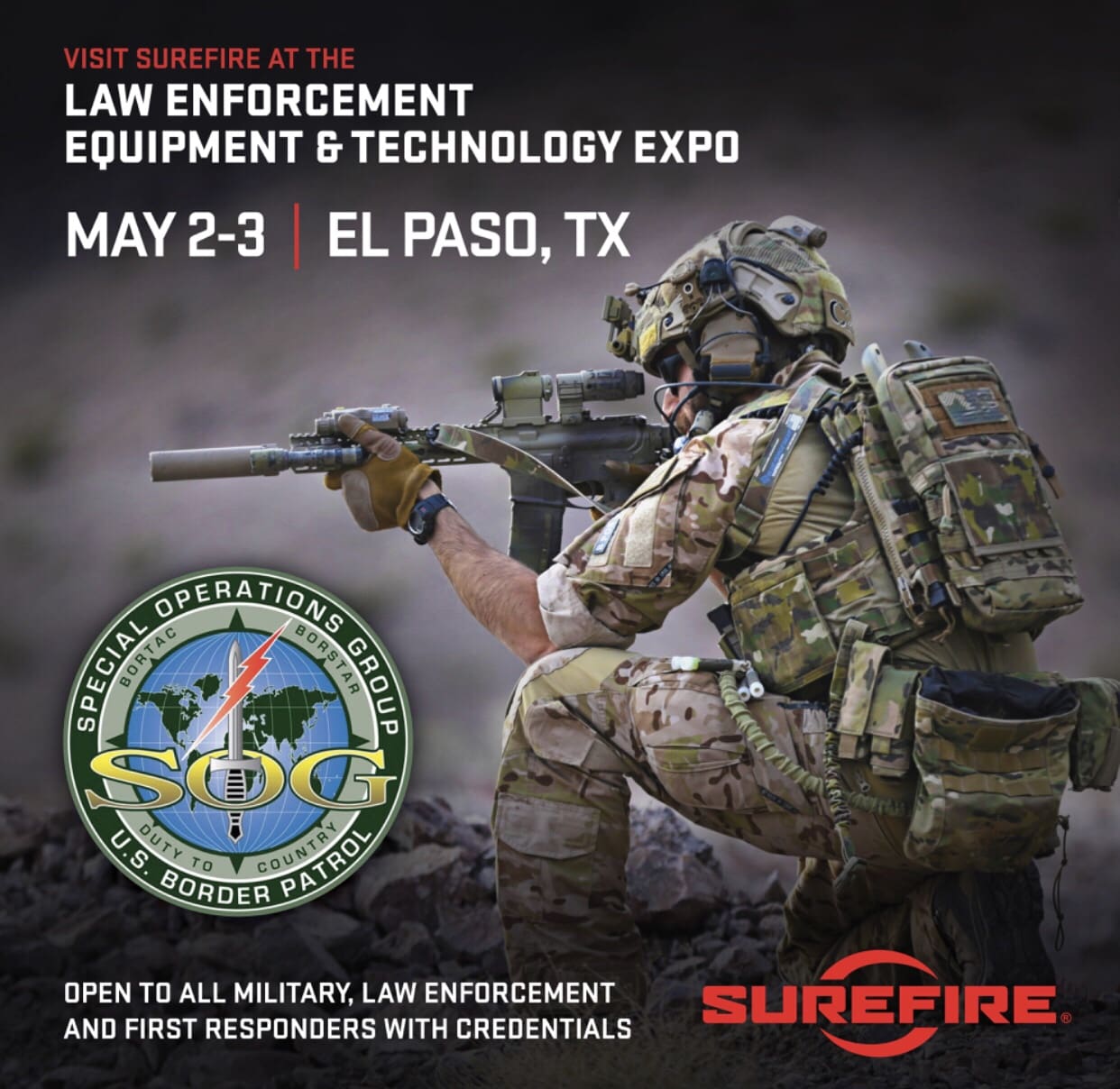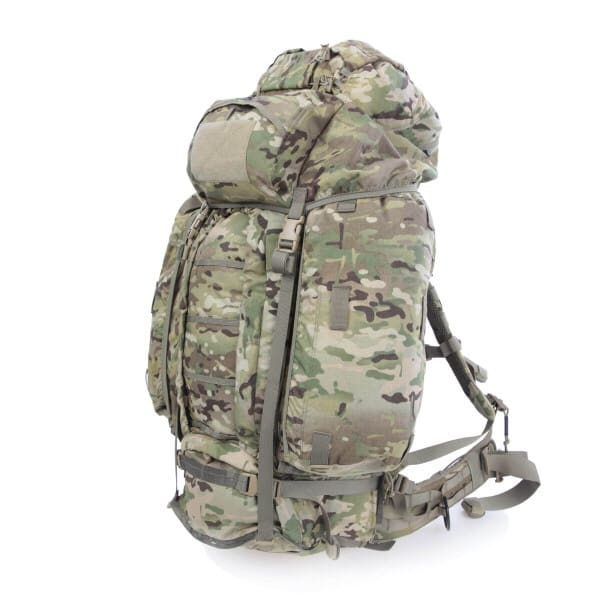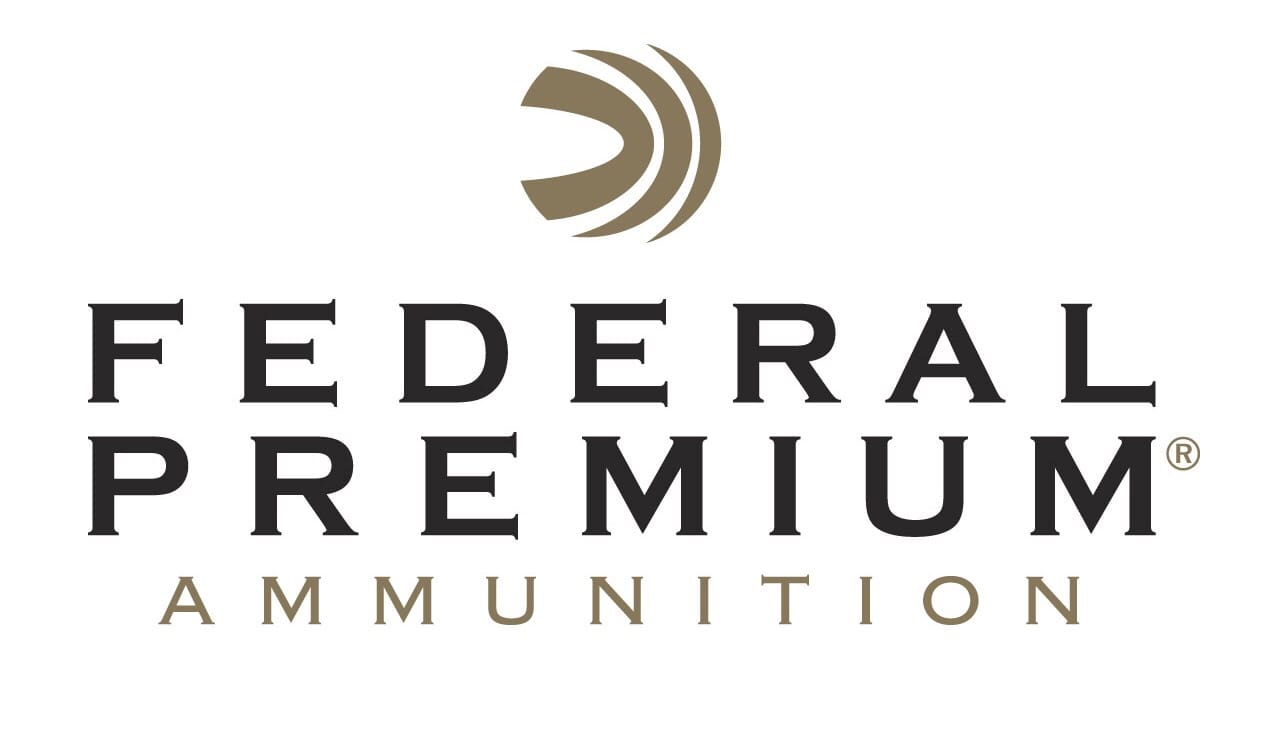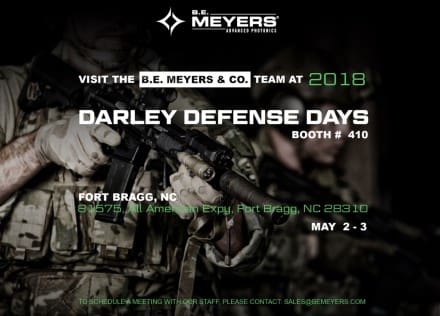
May 1, 2018 (Redmond, WA) – Meyers & Co., Inc. will be attending Darley Defense Days on May 2-3, 2018, at the Iron Mike Conference Center in Fort Bragg, NC. They will be showcasing the Modular Advanced Weapon Laser-Direct Action (MAWL-DA) and other innovative technologies engineered to improve the capabilities of the modern warfighter, including the IZLID series of laser pointers/illuminators; the BOARS-M2 optics and accessories rail for the M2 platform; and the GLARE RECOIL weapon mounted Hail and Warning laser system. B.E. Meyers & Co. will be exhibiting at booth #410, where their Business Development Manager, Chuck Vlasek will be answering questions and discussing the company’s products.
To schedule a meeting with Mr. Vlasek, please contact sales@bemeyers.com.
INNOVATIVE. MODULAR. MISSION SPECIFIC.
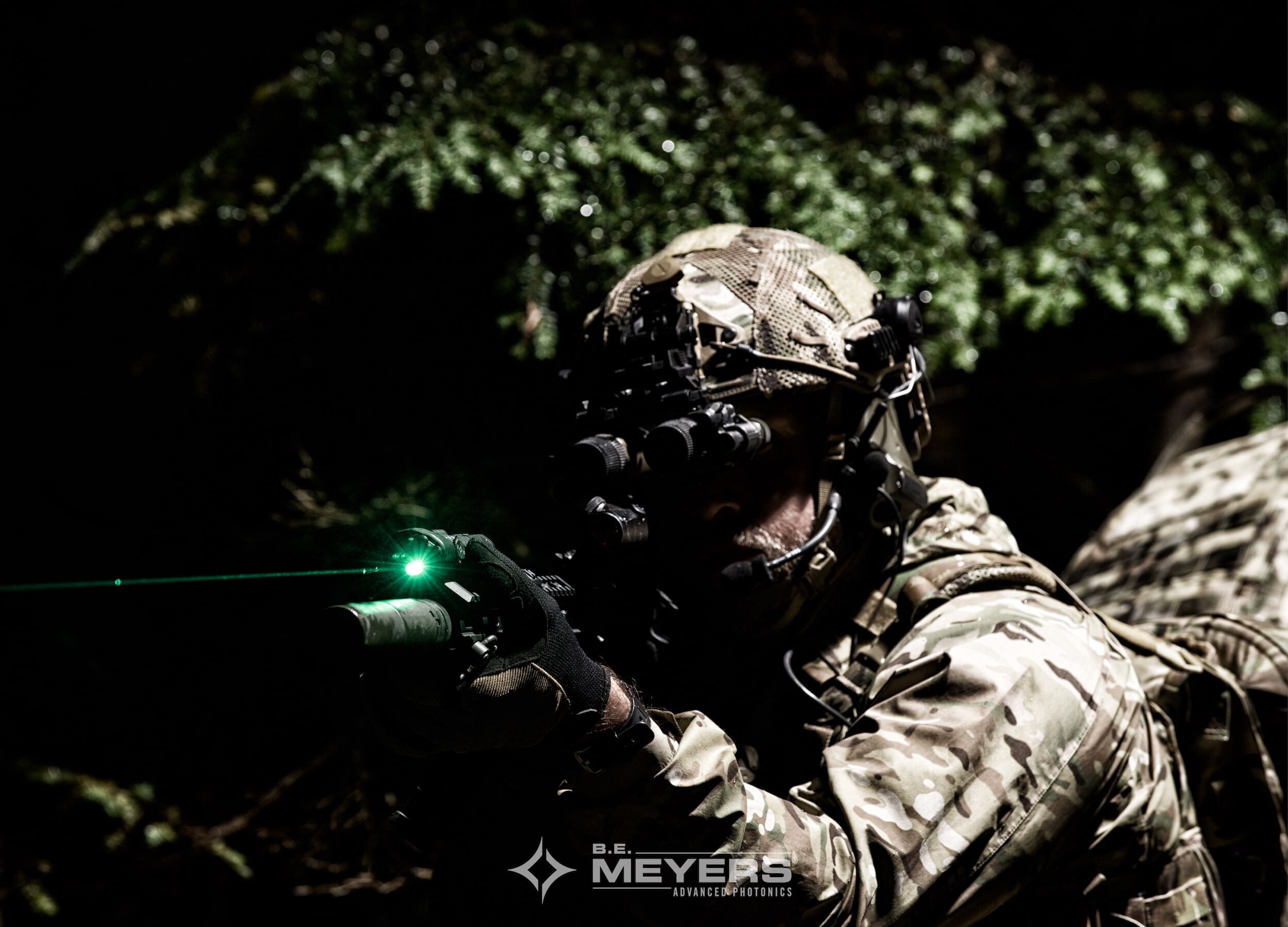
The B.E. Meyers & Co. MAWL-DA ® (Modular Advanced Weapon Laser – Direct Action) is an IR and visible green weapon laser for aiming and illumination. Understanding the shortcomings of common laser devices in use with both military and law enforcement, B.E. Meyers & Co. built the MAWL-DA with three ideal settings (Close Range, Mid Range, and Long Range) which allow for seamless transitions in any operational environment. Engineered with B.E. Meyers’ proprietary VCSEL technology, it offers significantly improved beam quality and clarity while maintaining efficiency. The MAWL-DA was designed from the ground up to meet the needs of the modern night fighter and is currently used by Special Operations groups across the world.
INTELLIGENT. EFFECTIVE. EYE SAFE.
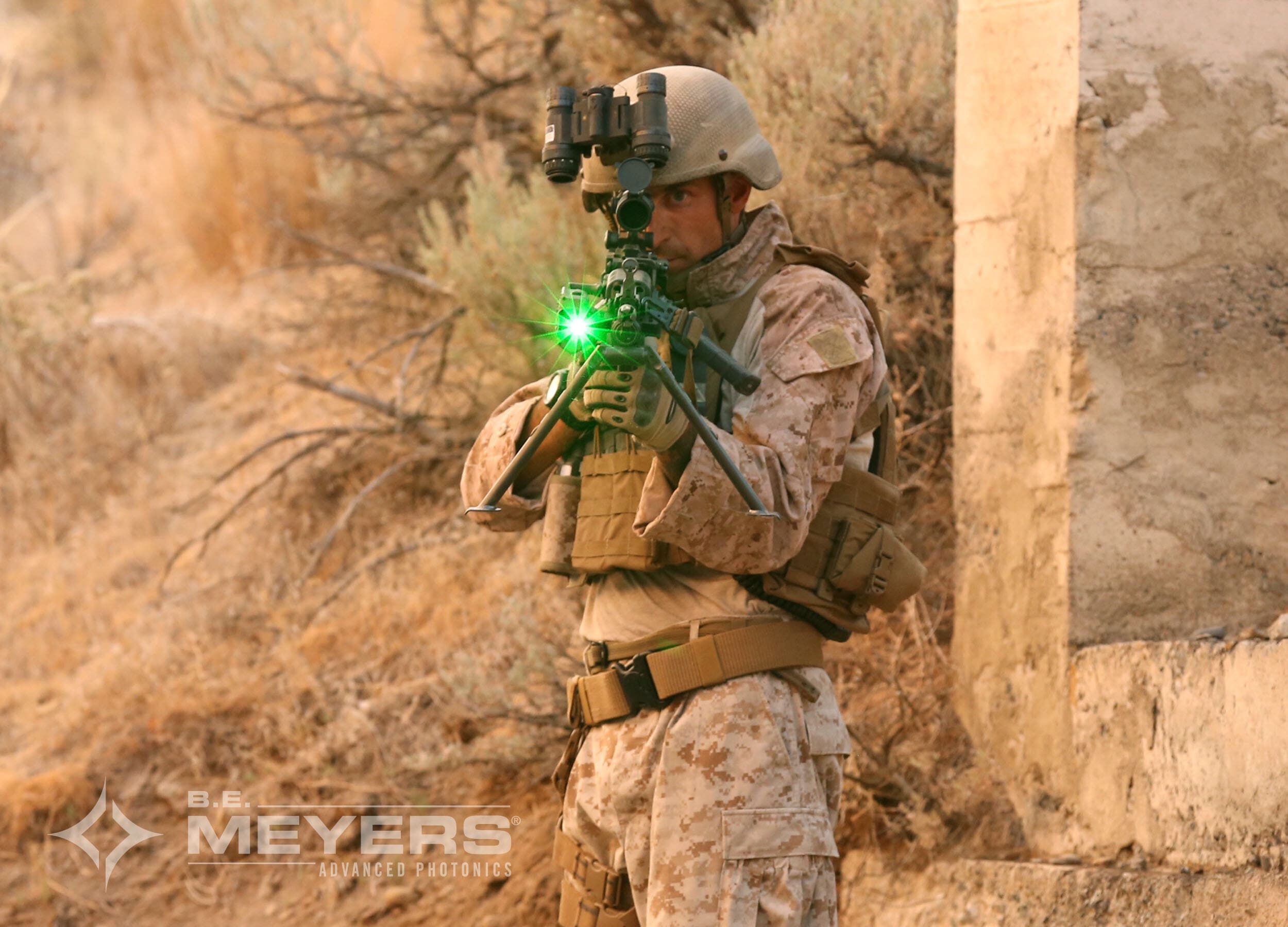
B.E. Meyers and Co.’s GLARE® series of weapon mounted lasers is the most advanced Ocular Interruption System available capable of providing effective Hail and Warning. Featuring B.E. Meyers & Co.’s patented SmartRange™ technology, the GLARE RECOL®, GLARE HELIOS™, and LA-22/U provide immediate and recognizable visual warning from 4m to 20km and beyond while maintaining eye safe power output on target.
LOW PROFILE. LIGHTWEIGHT. MODULAR.
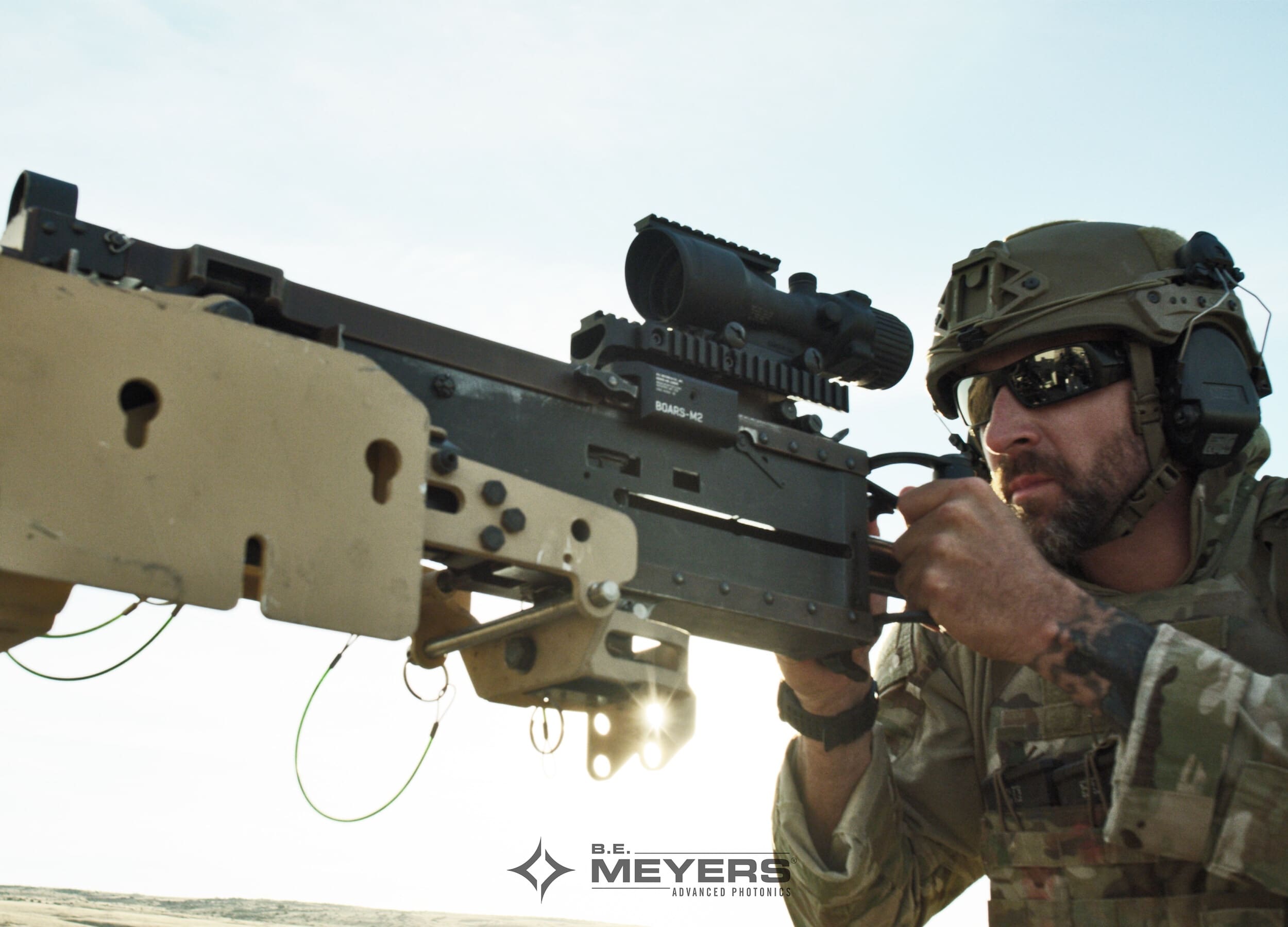
The BOARS® -M2 is a low profile optics and accessories rail for the M2 platform. It offers quick-disconnect with true return-to-zero reattach for switching between day and night optics. The BOARS-M2’s minimal height over receiver allows for a lower end user defilade, while still featuring a pass through aperture for use with iron sights.
EXTREME POWER. EXTREME DISTANCE. MAXIMUM VERSATILITY.
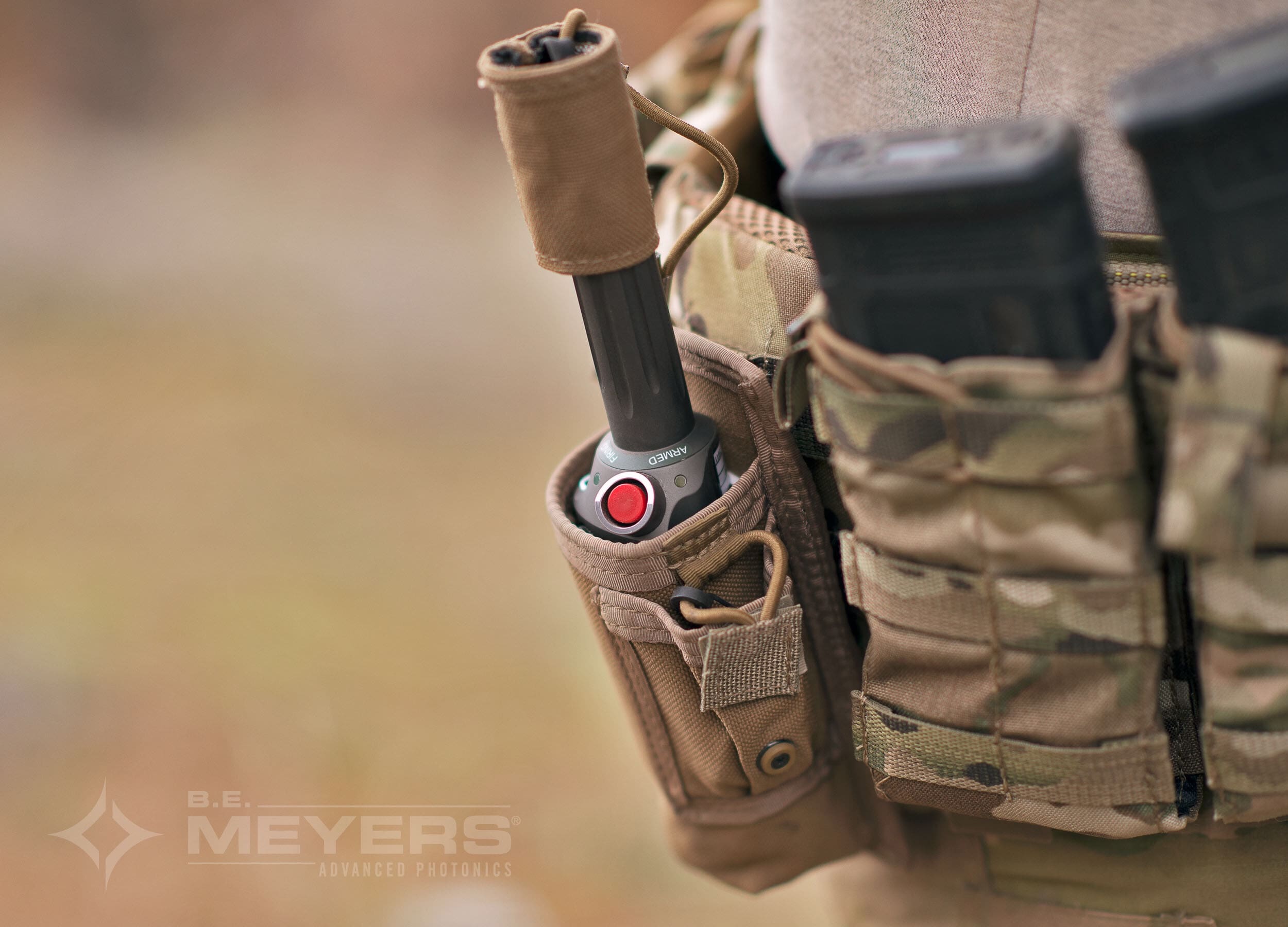
The IZLID® series of long range IR and SWIR laser pointers and illuminators have quickly become a sought after signaling and target marking commodity for handheld, weapon, and aircraft mounted applications. They have been to hell-and-back in conflict zones across the world, and stay operational and effective no matter how much abuse they take in the field.
B.E. MEYERS & CO., INC. – LEADING DEFENSE TECHNOLOGY INTO THE FUTURE
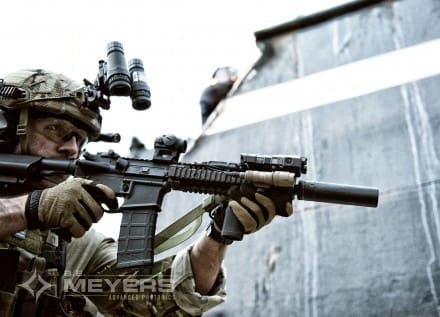
B.E. Meyers & Co., Inc. is a family owned business that prides itself on serving the needs of the warfighter with passion, ingenuity, and innovation. They design, engineer, and manufacture optoelectronic and defense solutions for the U.S. and her allies, specifically for those who are forward in the fight, both today and into the future.
The company’s core capabilities include visible, IR, and SWIR laser systems for pointing, illuminating, and Hail and Warning. These technologies are integrated onto various platforms including: crew served weapons, individual weapons, and fixed/rotary wing aircraft. Customers include all branches of the U.S. Military; Federal, State, and local law enforcement agencies; foreign defense and security organizations; and defense contractors worldwide.
Established in 1974, B.E. Meyers & Co. is an ISO 9001:2008-certified manufacturer of optoelectronic devices. Its business offices, engineering, and manufacturing operations are located in Redmond, Washington, USA.
www.bemeyers.com
